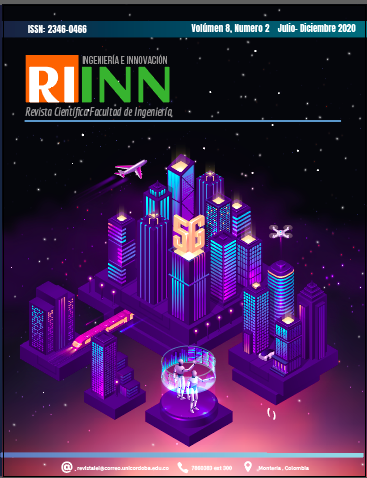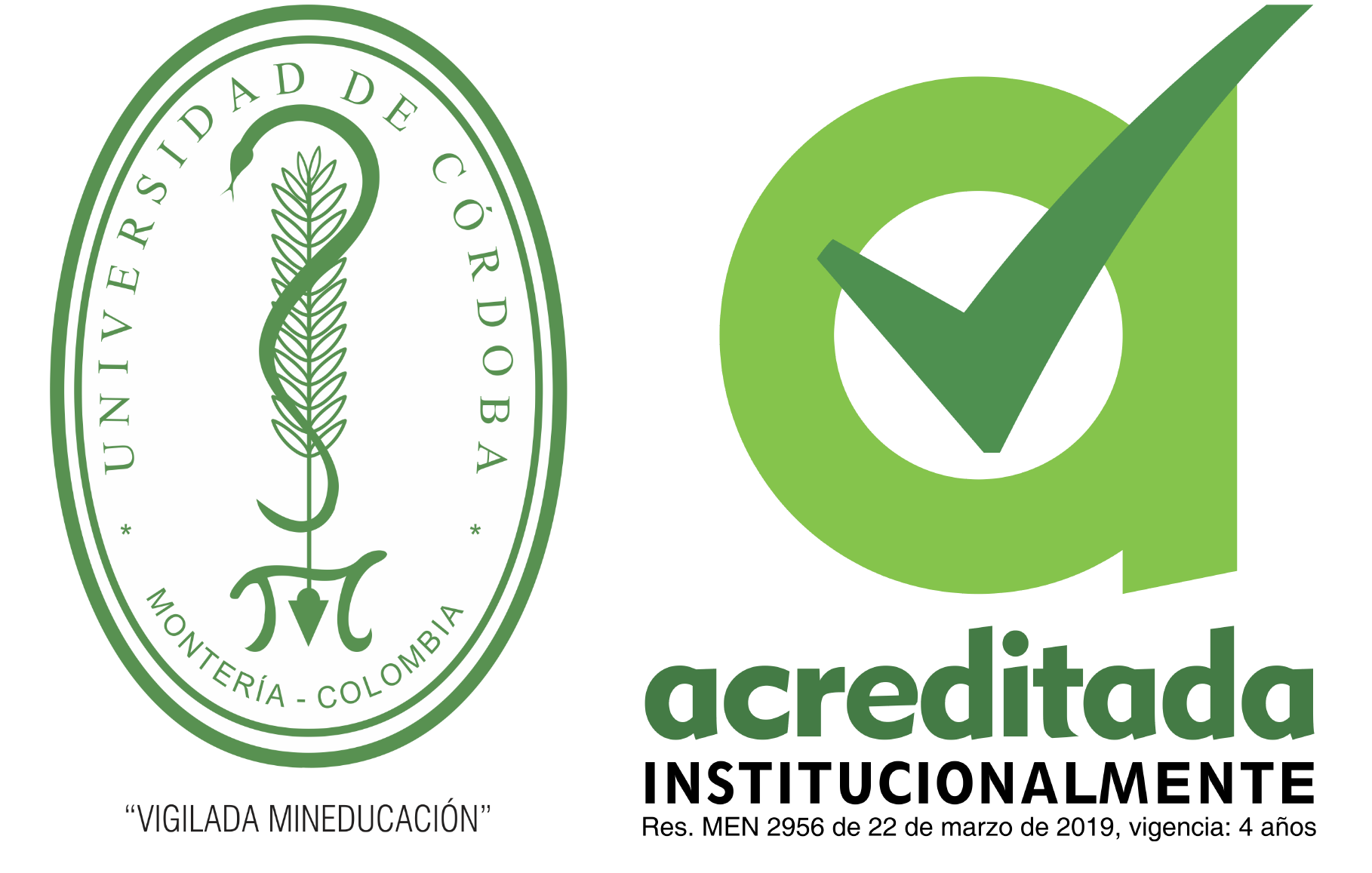Principales desafíos y oportunidades de los sistemas de Internet de las cosas médicas - IoMT
Principales desafíos y oportunidades de los sistemas de Internet de las cosas médicas - IoMT
Mostrar biografía de los autores
En la actualidad hay millones de dispositivos IoT que utilizan las personas para la atención médica. Un IoT con dispositivos médicos se le conoce también como Internet de las cosas médicas (Internet of Medical Things - IoMT). Existen diversas aplicaciones IoMT como (Gómez et al., 2016; Alsubaei, et al., 2019; Basatneh et al.,2018; Nayyar et al., 2019; Pustokhina et al., 2019) entre otras. Los escenarios donde se utiliza esta tecnología son: asistencia a signos vitales de pacientes; monitoreo de información sanitaria; monitoreo en la ingesta de alimentos; monitoreo de señalepatológicas y fisiológicas; asistencia al personal sanitario; autogestión, bienestar y prevención; seguimiento de enfermedades entre otras.
Visitas del artículo 624 | Visitas PDF
Descargas
- Gómez, J., Oviedo, B., & Zhuma, E. (2016). Patient monitoring system based on
- internet of things. Procedia Computer Science, 83, 90-97.
- Alsubaei, F., Abuhussein, A., Shandilya, V., & Shiva, S. (2019). IoMT-SAF: Internet of
- medical things security assessment framework. Internet of Things, 8, 100123.
- Basatneh, R., Najafi, B., & Armstrong, D. G. (2018). Health sensors, smart home
- devices, and the internet of medical things: an opportunity for dramatic improvement in
- care for the lower extremity complications of diabetes. Journal of diabetes science and
- technology, 12(3), 577-586.
- Nayyar, A., Puri, V., & Nguyen, N. G. (2019). BioSenHealth 1.0: a novel internet of
- medical things (IoMT)-based patient health monitoring system. In International
- Conference on Innovative Computing and Communications (pp. 155-164). Springer,
- Singapore.
- Pustokhina, I. V., Pustokhin, D. A., Gupta, D., Khanna, A., Shankar, K., & Nguyen, G. N.
- (2020). An effective training scheme for deep neural network in edge computing
- enabled Internet of medical things (IoMT) systems. IEEE Access, 8, 107112-107123.
- Adams K, Agesen O (2006) A comparison of software and hardware techniques for x86
- virtualization. In: International conference on architectural support for programming
- languages and operating systems, pp 2–13
- Xian C, Lu Y-H, Li Z (2007) Adaptive computation offloading for energy conservation on
- battery-powered systems. In: International conference on parallel and distributed
- systems, pp 1–8
- Vaughan-Nichols, S. J. (2006). New approach to virtualization is a
- lightweight. Computer, 39(11), 12-14.
- Alves, M. P., Delicato, F. C., Santos, I. L., & Pires, P. F. (2020). LW-CoEdge: a
- lightweight virtualization model and collaboration process for edge computing. World
- Wide Web, 23(2), 1127-1175.
- Narayanan, V., Huang, Y., Tan, G., Jaeger, T., & Burtsev, A. (2020, March). Lightweight
- kernel isolation with virtualization and VM functions. In Proceedings of the 16th ACM
- SIGPLAN/SIGOPS International Conference on Virtual Execution Environments (pp.
- -171).
- Mohammed, A. H., KHALEEFAH, R. M., & Abdulateef, I. A. (2020, June). A Review
- Software Defined Networking for Internet of Things. In 2020 International Congress on
- Human-Computer Interaction, Optimization and Robotic Applications (HORA) (pp. 1-8).
- IEEE.
- Rafique, W., Qi, L., Yaqoob, I., Imran, M., Rasool, R. U., & Dou, W. (2020).
- Complementing IoT services through software defined networking and edge computing:
- A comprehensive survey. IEEE Communications Surveys & Tutorials, 22(3), 1761-1804.





